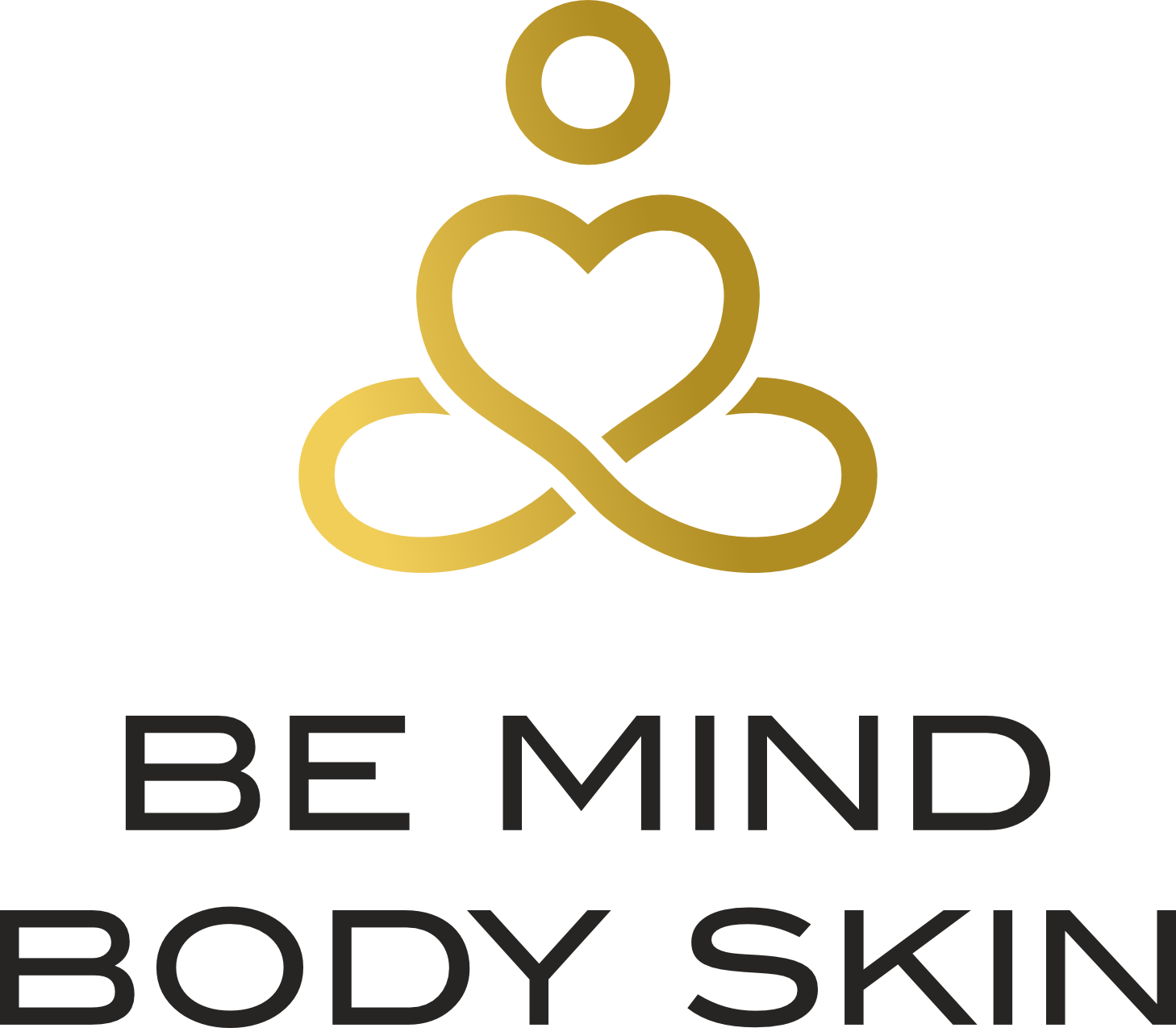Vegetables rich in Iron
Iron is an important mineral that our body requires for growth and development. And the amount of Iron needed each day depends on a number of factors like age, sex, or if you are using a plant-based diet. The recommended dosage for a healthy adult male is 8 mg and an adult female is 18 mg. When thinking about the daily recommended dose, we should keep in mind that Vegetarians who do not eat meat, poultry, or seafood need almost twice as much iron because the body doesn’t absorb nonheme iron in plant foods as well as heme iron in animal foods.
Iron in food comes in 2 forms - Heme iron and non heme iron. Non Heme iron is found in plant foods and iron-fortified food products. Meat, seafood, and poultry have both heme and nonheme iron.
The primary sources of heme iron are hemoglobin and myoglobin from consumption of meat, poultry, and fish, whereas nonheme iron is obtained from cereals, pulses, legumes, fruits, and vegetables.Heme iron is highly bioavailable (15%-35%) and dietary factors have little effect on its absorption, whereas nonheme iron absorption is much lower (2%-20%) and strongly influenced by the presence of other food components.
What does Iron do for your body?
70% of Iron in the human body is found in a protein in red blood cells called Hemoglobin.
Iron is needed for the synthesis of hemoglobin
Iron is essential for a full functioning immune system
Iron deficiency during pregnancy is associated with a variety of adverse outcomes for both mother and infant, including increased risk of sepsis, maternal mortality, perinatal mortality, and low birth weight. Deficiency of Iron can also lead to fatigue, heart palpitations, learning disorders, pale skin etc.
In this article we are going to discuss the plant sources that would provide the required daily dose of Iron in your body.
Keep in mind that your body absorbs iron from plant sources better when you eat it with food that are rich in Vitamin C like Citrus fruits, strawberries, pepper, tomatoes and broccoli. In short Ascorbic acid is the only absorption enhancer in vegetarian diets, and iron absorption from vegetarian and vegan meals can be best optimized by the inclusion of ascorbic acid-containing vegetables.
Legumes - Legumes including beans, peas and lentils, are great sources of iron. Lentils are generally considered as an iron filled food. Also soy products contain 9.9 mg of iron per cup.
Nuts and seeds like pumpkin, sesame, hemp and flax seeds are rich sources of Iron.
Leafy Greens - Spinach, kale, swiss chard and beet greens are rich sources of Iron and a single cooked cup provides 1-6 mg of Iron.
Potatoes - Potatoes with skin are a really great source. A large unpeeled potato gives 2 mg of Iron.
Fruits like Olives, prunes, and Mulberries provide the highest iron concentration per portion.
Whole grains like amaranth, quinoa, oats contain more iron than refined grains.


